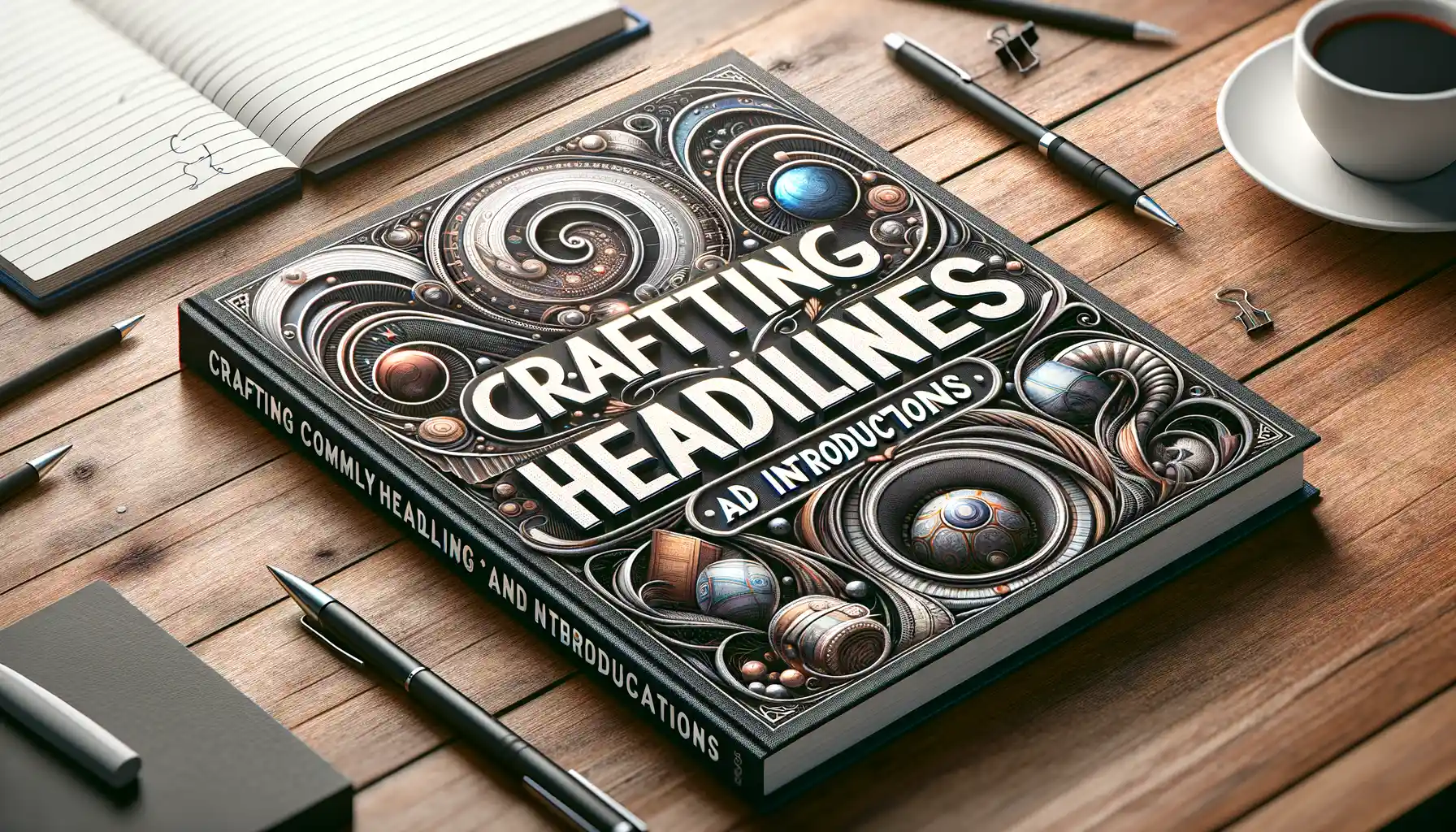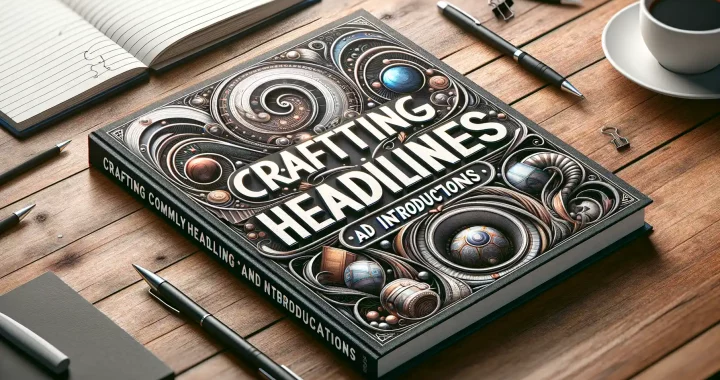Understanding Your Target Audience
Why Knowing Your Readers is Like Having a Secret Superpower
Creating captivating website content starts with one golden rule: truly understand who’s on the other side of the screen. Your audience isn’t just an abstract “target market”—they’re real people with needs, dreams, and challenges. Get this right, and you’re not just writing; you’re connecting.
Imagine you’re hosting a dinner party. Wouldn’t you check your guests’ preferences first? The same applies here! Dive deep into what makes your audience tick. Are they scrolling at midnight, looking for quick fixes to their problems? Or are they detail-oriented researchers who love a comprehensive guide? When you channel their desires, it’s like speaking their native tongue.
- Demographics: Age, location, occupation—these help you map out their world.
- Motivations: Do they want to save time? Feel inspired? Learn something new?
- Pain points: What keeps them up at night, and how can *you* be the solution?
You don’t have to guess either—survey them, stalk their FAQs, or even peek at competitors’ comment sections. Trust me, understanding your audience isn’t just research—it’s your creative fuel.
Crafting Compelling Headlines and Introductions

Grab Attention with the Perfect Opening
Picture this: You’re scrolling through endless articles, and suddenly, one headline makes you stop dead in your tracks. That’s the magic of a well-crafted opening. Your headline is like the neon sign outside a diner on a dark highway—it must invite curiosity and promise something irresistible. Take inspiration from powerful words like “ultimate,” “revealed,” or “untold”. These trigger an emotional reaction and make readers think, “I need to click this NOW!”
But don’t stop there—your introduction is where the spark turns into a flame. Throw in a relatable anecdote, startling statistic, or even a quirky question. For example, start with: “Did you know 80% of readers never make it past the headline? Let’s fix that.” Intrigue them, challenge them, draw them into your world!
- Keep your headlines short but impactful—aim for under 10 words.
- Use numbers and questions—they’re like catnip for readers!
- Don’t shy away from humor, personality, or even a little drama.
The Power of Personalization
Here’s a secret: readers crave connection. When crafting introductions, imagine speaking directly to a single person instead of a faceless crowd. Use “you,” sprinkle in some empathy, and address their pain points. For instance, write, “Tired of writing posts that no one clicks on? Let’s change that!” It’s like having a one-on-one conversation—they’ll feel seen and understood.
Don’t forget to test emotions. Words like “frustrated,” “joyful,” or “curious” can transform your headline into a magnet for attention. Pair them with strong visuals and crisp messaging to hook readers within seconds. After all, if your audience is a tough nut to crack, your headline and intro are the nutcracker!
Incorporating Visuals and Interactive Elements

Why Your Content Needs to Speak in Images
Imagine walking into a bland, empty room versus stepping into one filled with vibrant paintings, cozy furniture, and interactive displays. That’s the difference visuals and interactive elements bring to your website. They’re not just accessories – they’re the lifeline of engagement. For instance, adding a bold, full-screen image as the backdrop to your headline can turn a simple introduction into an unforgettable impression.
Think about it: Would you rather scroll through endless blocks of text or click on an eye-catching infographic that simplifies a complex topic? Visuals – whether stunning photos, quirky illustrations, or sleek animations – act like magnets, drawing your visitors deeper into the story you’re telling. And don’t even get me started on videos—mini powerhouses of emotion and action!
- Interactive quizzes: Invite your audience to explore while learning something about themselves or the topic at hand.
- Clickable timelines: Perfect for showcasing milestones or processes step-by-step without overwhelming the reader.
Merging Creativity with Functionality
But visuals alone aren’t enough. Your content should also *react* to your visitor’s actions. Embedding interactive maps, hover effects on images, or even a playful button animation makes a world of difference. For example, a graphic that transitions when clicked isn’t just cool – it’s a memory anchor.
And let’s get personal: If you’re telling your audience to trust you, prove it with real customer photos, behind-the-scenes snapshots, or testimonials crafted into carousel sliders. Humans connect through stories, and visuals amplify those connections.
Optimizing for Search Engines (SEO)

Unlocking the Secrets of Search Visibility
So, you’ve built a website with killer content. Now what? If search engines can’t find you, it’s like throwing a beautiful party but forgetting to send out invites. This is where SEO magic swoops in!
Think of search engines as meticulous librarians. They need a crystal-clear roadmap to categorize your content. That’s why optimizing for SEO isn’t just important—it’s the golden ticket to being found by your audience. Here are some proven tactics:
- Keywords with intent: Sprinkle them naturally across headlines, descriptions, and body text—no one likes keyword stuffing (not even Google!).
- Snappy meta descriptions: These small-but-mighty snippets can tempt that click faster than a secret recipe.
- Speed matters: A slow-loading site? Oof. Make sure your pages load quickly; both visitors and search engines demand it.
Let Data Drive Your Content
SEO isn’t guesswork—it’s science wrapped in art. Tools like Google Analytics or Ahrefs shine a light on what clicks with your audience. Adjust. Experiment. Let numbers do the talking, and soon you’ll rank higher than a pop song on release day!
Analyzing Performance and Improving Content

Turning Data Into Actionable Insights
Creating captivating content is only half the battle. The real magic happens when you dive into performance analytics and discover what truly resonates with your audience. Think of it as deciphering a treasure map—it’s all there, but you need to interpret the clues. Enter tools like Google Analytics, Hotjar, or even your social media insights. Where are users lingering? Which blog post has them scrolling at 2 a.m.? This is the pulse of your audience.
Start by exploring key metrics:
- Bounce rate: Are visitors leaving too soon? If yes, your content might not be catching their attention.
- Time on page: Are they binge-reading or dipping in and out?
- Click-through rates (CTR): Headlines may shine, but if nobody clicks, it’s time for a facelift.
Refining Through Testing and Tweaks
Here’s the truth: great content isn’t born; it’s refined. Run some playful A/B tests. Change up your imagery, shuffle around your headlines, or experiment with calls-to-action. Picture this—it’s like adjusting spices in a recipe until every bite sings perfection. Maybe that carousel image isn’t popping, or perhaps your font size screams “too tiny!” Little changes, massive difference.
And don’t forget your content updates! A “10 Best Tips” guide from 2020 gathers dust fast. Add fresh stats, rework tired phrases, or inject new visuals. Keep your material alive, evolving, and irresistible over time.

